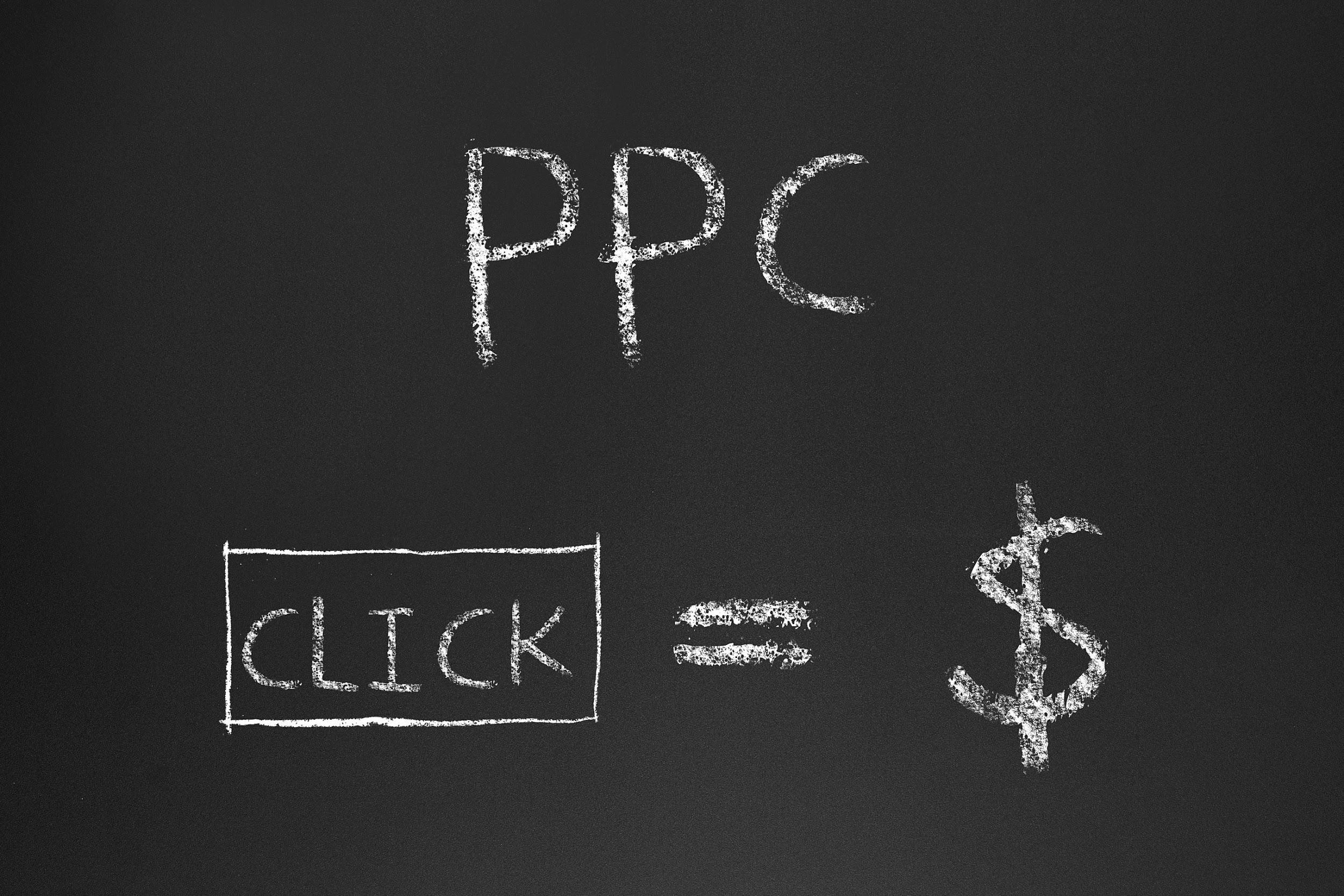9 Pay-Per-Click Mistakes You Might Be Making
The difference between putting together a well-thought-out Pay-Per-Click (PPC) campaign versus throwing one together can be the difference between money well spent and thousands of dollars down the drain. You need to know what you’re doing when developing these campaigns.
Keep in mind that PPC works if you set it up correctly and you can use it as one of the most powerful lead generation tools in your digital marketing toolkit.

There are several common mistakes people make with PPC campaigns, and we want to make sure you’re armed with the tips you need to succeed.
1. Your target audience is not well-defined: Your target audience is crucial when it comes to any part of your marketing strategy, but particularly your PPC campaigns. Take the time necessary to go through your audience development process.
2. Your keywords aren’t influencing your ads: There’s no reason to get a high quantity of users who aren’t interested in what you have to offer. Instead, replace those broad keywords with more specific ones that will gain the audience that will actually convert. You won’t get as many hits, but the ones you do get will be more targeted and likely increase your conversion rate.
3. Your messaging tries to do too much: You don’t want to be everything to everyone in your PPC ads. When doing this, you’ll distract them and confuse them. Be specific about what you have to offer and target one of the pain points of your audience. Use a different campaign to target another pain point.
4. You ignore the free ad extensions: The 95 character standard text ad includes a headline, ad text, and display URL. Ad extensions, however, give you 140 characters giving you the opportunity to provide more information (phone number, unique value propositions, and features). Use these extensions as they don’t count against your character limit and they’ll give your audience more information.
5. You forget to geographically target: Narrow your geographic target by thinking about where exactly you are on the map. For example, in larger metro areas, you may need to target specific areas instead of just the city name. Think about how far your audience is willing to travel and stick within that mileage.
6. You’re not A/B testing: A/B testing will give you insights into what is working and not working, providing you with more valuable information for your next campaign. Compare the performance of different ad text variations by creating at least two versions with only one variable. Measure the success of each and next time test something else.
7. You’re only optimizing for desktop: Many users are accessing the Internet through mobile devices, which means a smaller interface. Keep that interface in mind when creating your ads. You may consider mobile-specific calls-to-action like “Call Now,” allowing them to call directly from the ad.
8. You’re not tracking: If you’re not tracking, you have no idea how you’re performing and won’t be able to understand what’s working and what needs to be adjusted in your digital strategy. Google Analytics is a great place to start.
9. You’re not reviewing: Once you’ve set up your PPC campaigns, don’t just let them sit there. Check in and keep track of your performance. If an ad isn’t doing well compared to another ad, change it and see if that gets you more click-throughs and conversions.
Pay-Per-Click can be your best friend, so don’t be nervous to use it. Take the time to get things right, do your testing, measure your results and consult with an expert.
Get News, Articles & Updates in Your Inbox
Thank You for Your Interest
We will be in contact soon and look forward to learning more about you and your company. Based on your marketing challenges, we’ll discuss increasing visibility into your analytics and how to generate more and better leads so you can achieve your marketing goals.
In the meantime, we invite you to check out our checklist on website accessibility. Use this checklist to start assessing the baseline accessibility of your website.
Enjoy! We’ll be in touch very soon.

